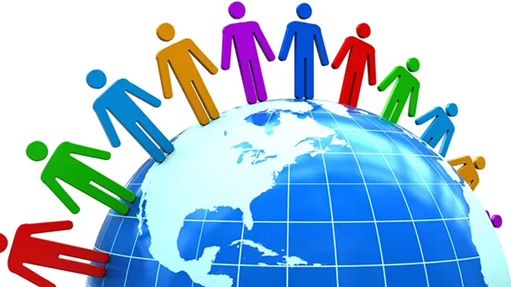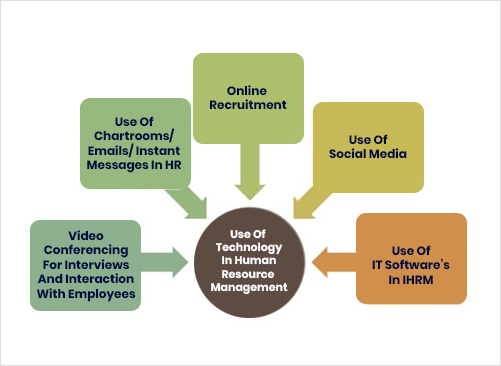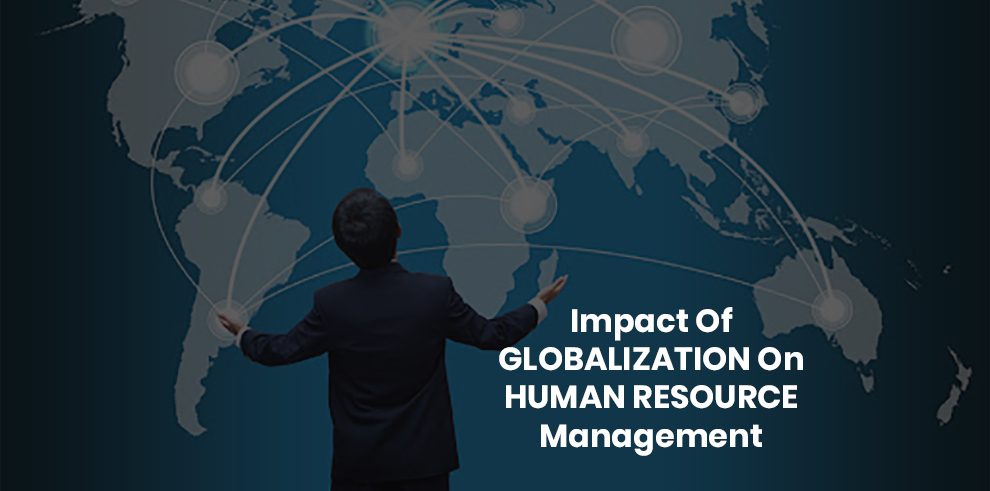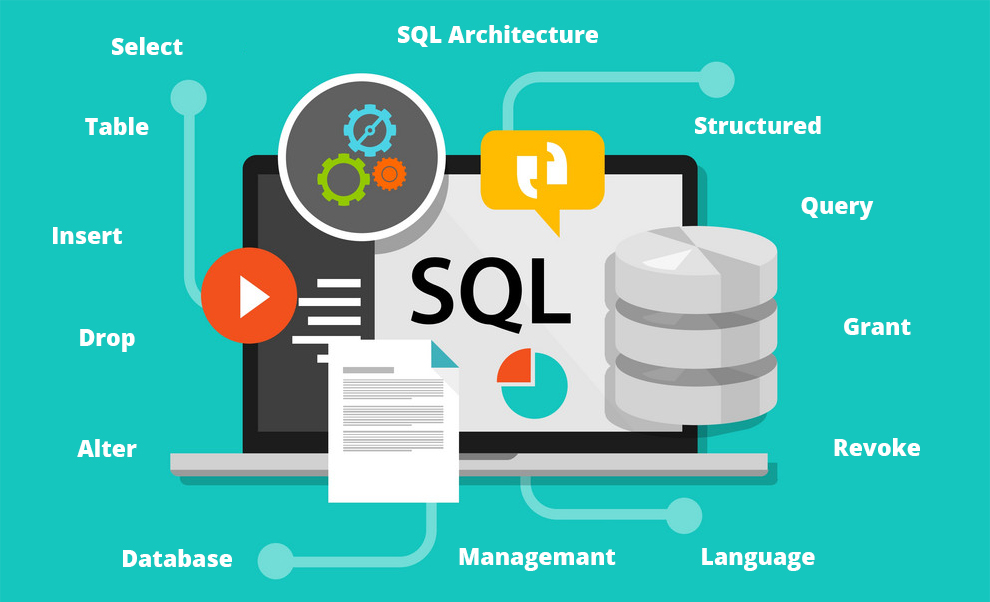In the fast-paced contemporary world, where everyone is in pursuit of the next big breakthrough, organizations are constantly seeking innovations that can disrupt the market. The traditional role of the HR department, confined to administrative functions and labor laws, has evolved significantly with the advent of globalization and deep Internet penetration.
Today, HR functions extend beyond administrative tasks, focusing on hiring the best talent regardless of age, ethnicity, experience, or location. Given the intense competition for talent, how companies approach HR policies, procedures, and initiatives plays a pivotal role in achieving success and sustaining growth.

HR functions like Recruitment and Induction, Performance Management, and Career Growth are interconnected, addressing global workforce challenges. For example, globalization enables sourcing candidates globally, conducting preliminary interviews on platforms like Skype or Zoom, and identifying core competencies to ensure the right fit for each role.
In the globally interconnected business landscape, the HR department, irrespective of the organization’s size, lies at the core of business strategy, converting business strategy into a people strategy. Selecting the right talent at the right time is crucial for sustaining business success. Organizations worldwide employ new methods to ensure they have the right talent for their roles when needed, aligning with their mission and vision.
A robust HR department effectively implements various dynamics brought about by globalization, exemplified by the meticulous organization of a pool of actively looking candidates from platforms like Indeed, Seek, LinkedIn, and company referrals.
Through a thorough selection process, the organization identifies individuals who not only meet the requirements but also align with the organizational culture, fostering a strategic and dynamic approach to talent acquisition.
Here are a few aspects that showcase how deeply and extensively globalization has impacted Human Resource Management
Selection, Recruitment, and Onboarding
To survive the test of time and consequently grow in the market, an organization has to scale. When an organization tries to scale, it requires talent and intellect to work toward the vision with the best talent.
The organization engages in global talent acquisition. This process involves various parameters. These parameters change. The dynamics of screening, interviewing, selection, and final recruitment also change completely in this global context.
Computer Science or Electronics & Communication. In that case, the same degree pursued by a candidate may vary.
For instance, targeting an engineer who graduated from MIT in the USA, where the organization is headquartered, might not be the same in other geographies. But, like in this same scenario, MIT’s equivalent in India is IITs that produce high-end niche engineers.

Learning and Development
Every recruited individual must undergo proper induction into the corporate culture to avoid feeling lost. This includes taking the required training and self-development.
Learning and development have evolved with globalization, encompassing various training modules that extend beyond technical skills to include grooming employees in various soft-skill aspects.
In a globalized setting, teams often comprise employees from diverse cultures and geographies. Understanding different cultures becomes crucial in such dynamic situations to comprehend the actions of fellow teammates.
For cross-functional and highly diverse teams, it is integral for the HR department to provide cross-cultural training. This enhances interactions and fosters overall bonding within the group.
Labor Laws
Globalization significantly impacts the HR department. This involves adapting to diverse Labor Laws and implementing them in the development of major employee policies and procedures.
Different geographies are subject to distinct Labor laws. For example, the minimum wage for an Engineer with standard working hours in the United States might be ‘X,’ while it would be ‘Y’ in China, Australia, and other countries.
Human resource managers must thoroughly understand these labor laws, both domestically and internationally. Failing to do so may lead to heavy penalty charges, putting the business in a difficult situation.
Corporate Communication
With globalization, businesses adopt a 24*7 work culture, ensuring continuity across different time zones. When one office is closing in a particular country, another office in a different geography may be opening for full business hours.
Operating in multiple countries can make connecting with colleagues challenging. Therefore, the HR department must devise communication strategies to synchronize efforts without compromising the off-hours of employees from various geographies.
Open and transparent communication aligns seamlessly with administration, crucial for successful leadership. Effective communication extends beyond the team to include everyone involved in the project, from vendors and contractors to partners and clients.
Utilizing reporting tools, and facilitating collaboration through chat, document sharing, and other means of tagging conversations at the task level are essential. Implementing such systems supports communication, connecting individuals both one-on-one and in group settings, such as meetings and presentations (Cao, F., Zhang, J., Song, L., Wang, S., Miao, D., & Peng, J. 2017).
Developing a Strong People Strategy
Today, globalization significantly impacts HR functions in most organizations, altering the operational methods and ground-level activities.
The primary emphasis is on prioritizing globalization as an organizational strategy and then seamlessly integrating people. HR departments and business functions believe this approach can improve strategic execution, and focus, and address workforce issues effectively.
Recognizing the importance of people is crucial for organizations aiming to derive value from being global. Without a talented and trained workforce, the potential benefits of globalization cannot be fully realized, emphasizing the creation of value for the business and various stakeholders.
Incorporating Global HR Process
Furthermore, with globalization, the focus has also shifted to building a diverse and differentiated workforce which involves investing more in strategy rather than people.
This is because strategy creates a competitive advantage and creates value by designing and managing its workforce strategy. Today HR has to wear many hats and also indulge in the conversation about predicting and diagnosing people-related problems.
It also works at prescribing action plans that can add value to the business. Finally, it is the people that drive change in any organization. So, no strategy could ever be successful if the organization doesn’t have good and willing people to execute those strategies.
Conclusion
Globalization has been instrumental in helping the HR department attract top talent and demonstrate financial contributions. These HR initiatives, deemed good business practices, enhance operational excellence and contribute to strategic success.
Diverse talent, facilitated by globalization, plays a crucial role in the overall success of organizations. Examples from companies like TATA Communications, General Electric, BlackRock, and Marsh illustrate how leveraging globalization benefits drives overall business success.
Modern businesses align workforce strategy closely with growing business strategies, such as expanding into different geographies, to achieve overarching objectives.
This evolved HR strategy also aids in establishing a strong competitive advantage. In contemporary decision-making, organizations prioritize data analytics over addressing people’s feelings, channeling the power of data to make crucial decisions.




